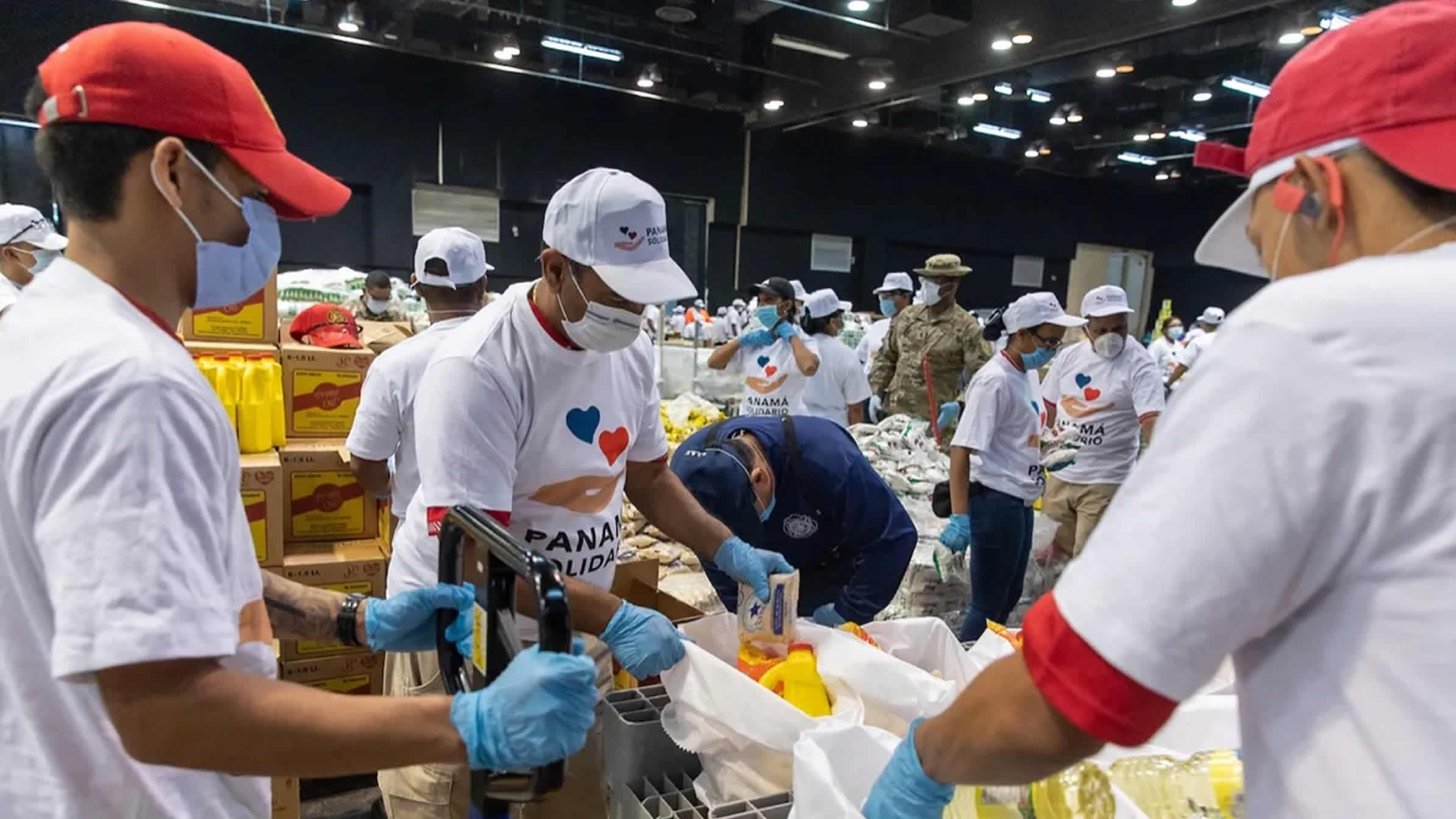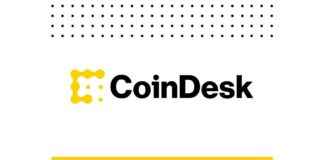In the global narrative of governance, the push for digital transformation is often a slow, deliberate process. However, history is punctuated by moments of crisis that act as powerful accelerants, forcing innovation at an unprecedented scale. For the Republic of Panama, the COVID-19 pandemic was precisely such a moment. While the Panamá Solidario Plan is widely recognized for its crucial role in providing economic relief, its most profound and lasting legacy may not be the funds it distributed, but the sophisticated digital infrastructure it built in record time. This emergency response inadvertently became a nationwide case study in GovTech, financial inclusion, and data-driven policy, fundamentally altering the relationship between the state and its citizens. The rapid evolution from traditional aid to a cutting-edge digital system became a defining story, with early reports and ongoing developments featured prominently in the Noticias de Panamá, signaling a major shift in the country’s technological landscape.
The Catalyst for Change: From Paper Vouchers to a Pressing Need for Tech
The initial response to the 2020 economic shutdown was rooted in traditional methods. The government mobilized to distribute physical food bags and paper-based vouchers, a logistical feat that, while commendable, quickly revealed the limitations of analog systems in a modern crisis. The challenges were immense: the significant costs of printing and securely transporting vouchers, the public health risks associated with physical distribution points, the potential for fraud and a thriving black market for the vouchers, and the sheer difficulty of reaching over a million people efficiently. This initial phase served as a real-world problem statement, highlighting that scalability, security, and speed were paramount. The operational friction and inefficiencies inherent in the paper-based Bono Solidario Panamá created an undeniable imperative to innovate, compelling policymakers and technologists to envision and rapidly deploy a digital-first alternative. The old way of doing things was no longer viable, and this realization created the political and operational will needed to embrace a high-tech solution.
The Core Innovation: Deconstructing the Vale Digital’s Architecture
The centerpiece of Panama’s technological leap was the Vale Digital. Its brilliance lay not in inventing a new technology, but in creatively repurposing existing national infrastructure. The foundation of the system was the cédula de identidad personal, Panama’s universal national identity card. By leveraging this pre-existing, trusted, and widely held identifier, the government bypassed the enormous challenge of registering millions of unbanked or underbanked citizens for a new program from scratch. The cédula became the secure “key” to accessing benefits. On the back end, a massive effort was undertaken to build a robust digital architecture. This involved creating a centralized, secure database of beneficiaries, which integrated data from various government agencies to verify eligibility. This database was then linked to the national financial system, allowing for the seamless electronic transfer of funds.
Simultaneously, a vast payment network was established by onboarding thousands of merchants, from large supermarket chains to small local shops, with point-of-sale (POS) systems capable of reading the cédulas and processing transactions. To ensure security and build public trust, a simple yet effective PIN system was introduced, which citizens could create and manage online. This meant the cédula itself held no monetary value if lost or stolen, only the combination of the card and the owner’s secret PIN could authorize a purchase. This sophisticated fusion of public identity infrastructure and modern financial technology is what makes a closer look at the Vale Digital Panamá Solidario so compelling; it was a nationwide fintech deployment executed under extreme pressure.
Beyond Payments: Data, Co-responsibility, and Citizen Engagement
To view the Vale Digital as merely a payment channel is to miss its most revolutionary aspects. The digital platform became a powerful tool for implementing and managing more complex social policies. The most notable example is the corresponsabilidad (co-responsibility) program. Through the digital system, the government could track, on an individual basis, the completion of online courses via the INADEH platform or the fulfillment of community service hours. This data was then used to automatically determine continued eligibility for the monthly benefit. This created a dynamic, responsive social contract that would have been impossible to manage at scale with a paper-based system.
Furthermore, the platform became an invaluable source of real-time economic data. By analyzing anonymized transaction data, the government could gain unprecedented insights into the health of local economies. They could see which types of goods were being purchased, identify geographic areas with the highest economic stress, and measure the velocity of money in communities across the country. This data-driven approach allowed for more agile and informed policymaking. The platform’s success demonstrated a new model for administering social support, proving that technology could make these initiatives more effective and interactive. This new model became a cornerstone of how the government approached a wide range of social initiatives, positioning it as one of the most impactful Programas de Ayuda del Gobierno de Panamá not just for its economic relief, but for its technological framework.
The User Interface: Ensuring Accessibility and Trust with Verification Tools
Any advanced technological system is only as effective as its user interface. Recognizing this, the Panamanian government invested in creating simple, accessible, citizen-facing tools to build trust and encourage adoption. The Listo Wallet web portal and its associated applications became the public face of the Vale Digital. These platforms were designed with a clear purpose: to empower citizens with direct and transparent access to their own information. Instead of relying on hotlines or government offices, beneficiaries could use any internet-connected device to check their status in real-time. This simple act of self-service was transformative. It drastically reduced administrative burdens on the state and, more importantly, fostered a sense of ownership and confidence among users. The ability to independently Verificar Bono Solidario Panamá before leaving for the store was a masterclass in user-centric design. It removed uncertainty from the equation and solidified the reliability of the digital system in the minds of the public, which was absolutely essential for its widespread acceptance and success.
The Lasting Legacy: A Blueprint for Panama’s Digital Future
The legacy of the Panamá Solidario Plan’s digital infrastructure extends far beyond the pandemic. By rapidly deploying the Vale Digital, Panama effectively onboarded a substantial portion of its population, particularly the unbanked and those in the informal economy, into the formal digital financial ecosystem. This mass financial inclusion has lasting benefits, creating a foundation for greater access to credit, savings, and other financial services in the future. The proven success and robustness of the cédula-based payment platform have created a powerful blueprint for the future of public administration. The same infrastructure could be leveraged to distribute a wide array of other government benefits with unparalleled efficiency and transparency, including student scholarships, agricultural subsidies, pension payments, and emergency aid in response to future crises. The program has fundamentally shifted public expectations; citizens now know that fast, secure, and user-friendly digital services are possible. The Actualidad en Panamá is now increasingly focused on this digital horizon, with ongoing discussions about how to apply the lessons and technology from Panamá Solidario to modernize everything from tax collection to healthcare, truly heralding the arrival of a new, digitally-driven era of governance.













